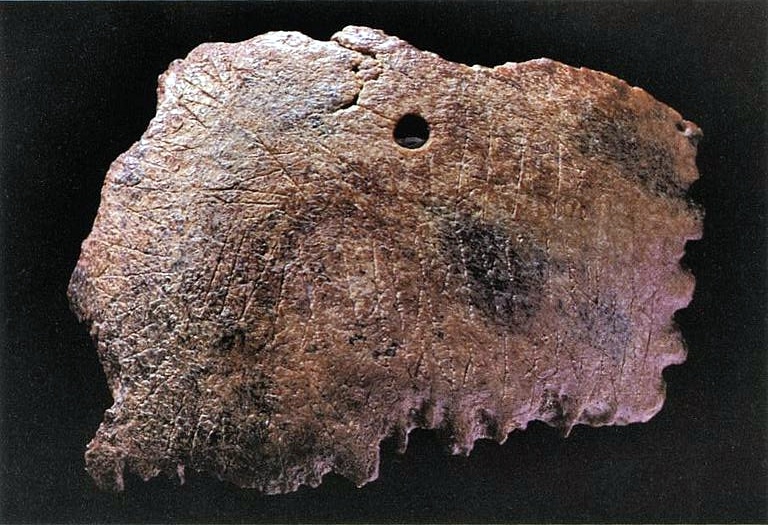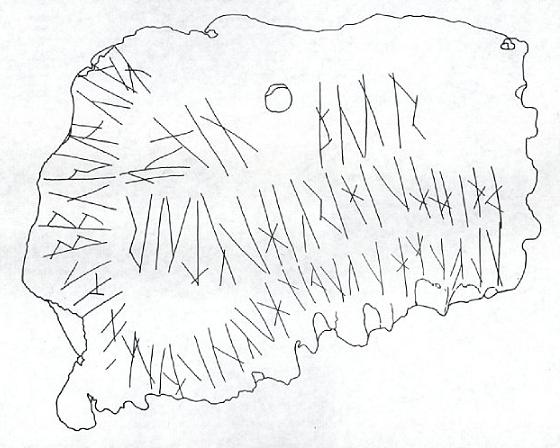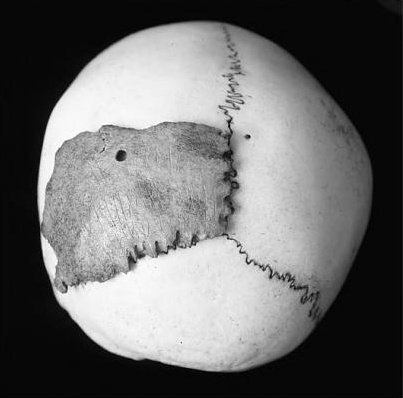
‘Ulf and Odin,
and High Tyr,
is help for Bur,
against these pain
and Dwarf sword,
Bur.’ (MacLeod and Mees 2006, p. 24)

The runic inscription appears to invoke a triple force of protectors to fight a Dwarf. These are Ulf or wolf, which may represent Fenrir, then Odin the chief Norse god, followed by High-Tyr who is probably the warrior god Tyr. These will aid Bur, who is most likely Borr/Burri, Odin’s father (it is also possible that Ulf/Odin/High-Tyr, represent a divine trinity of the same god, Odin).

In Norse mythology Odin was thought to have healing powers, while dwarves were often associated with disease. In light of this the pendant may have been used as a talisman to protect against illness. The use of a human skull probably imbued the amulet with extra potency and this is not unlike the role played by corporeal relics in the Christian tradition.
References
MaCleod, M. & Mees B. (2006) Runic Amulets and Magic Objects, Boydell Press, Suffolk


